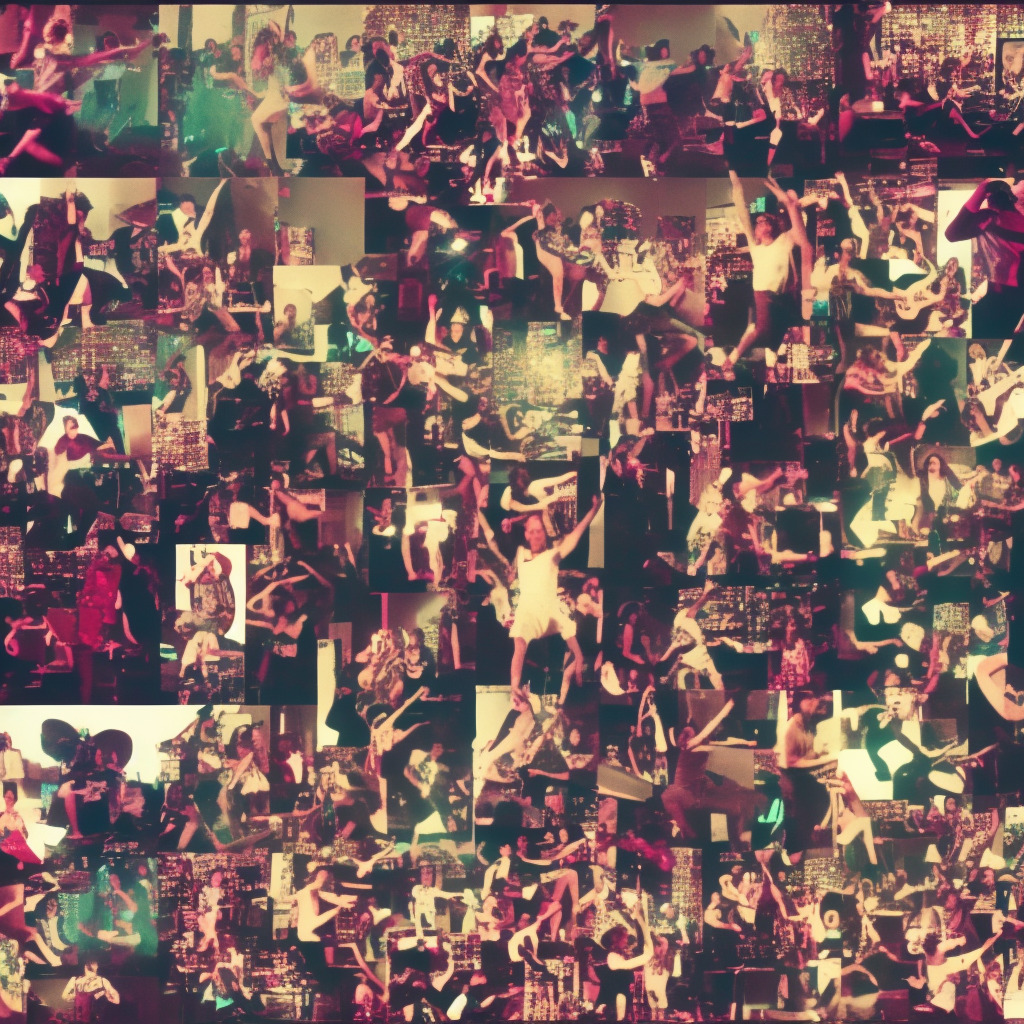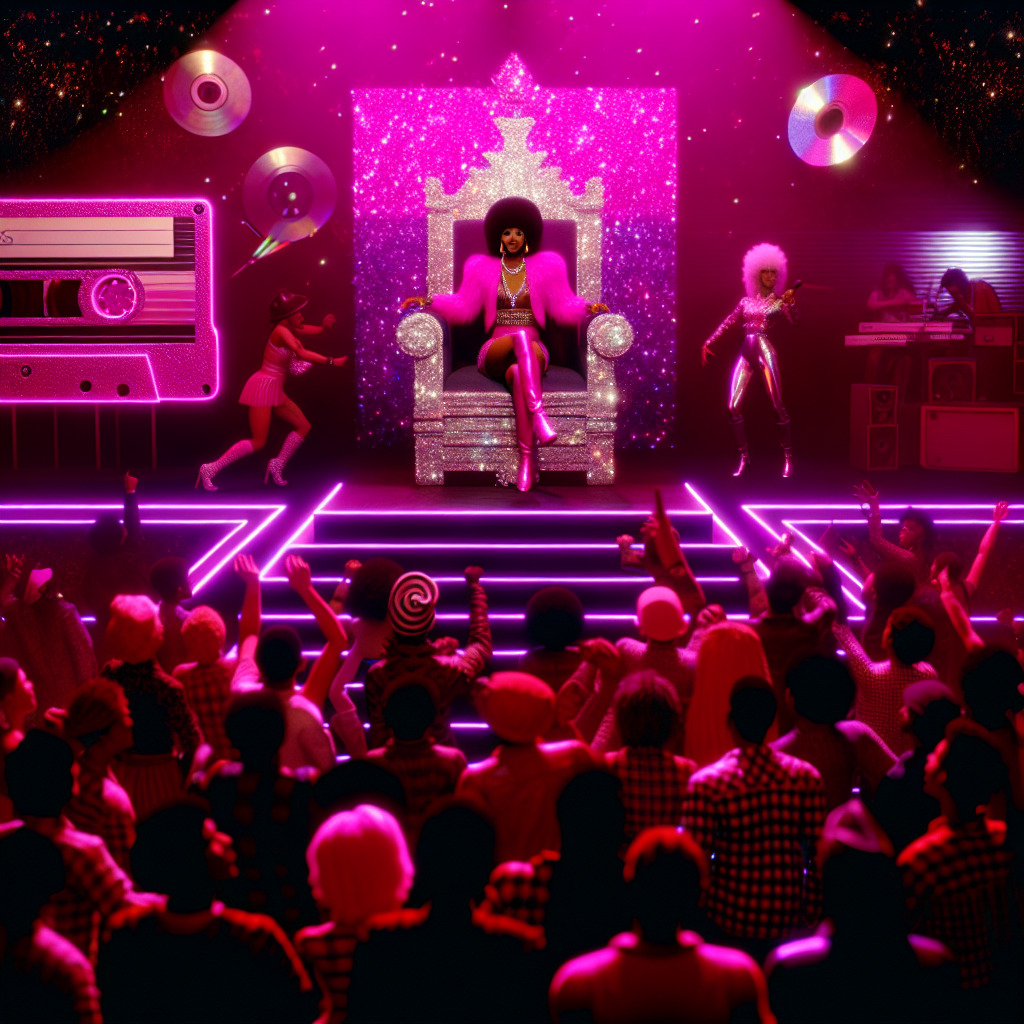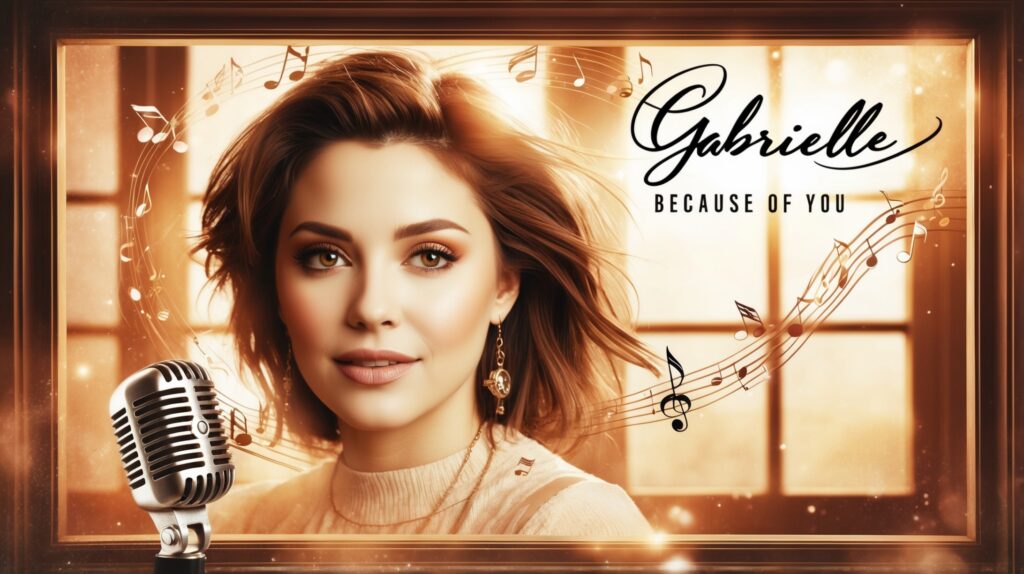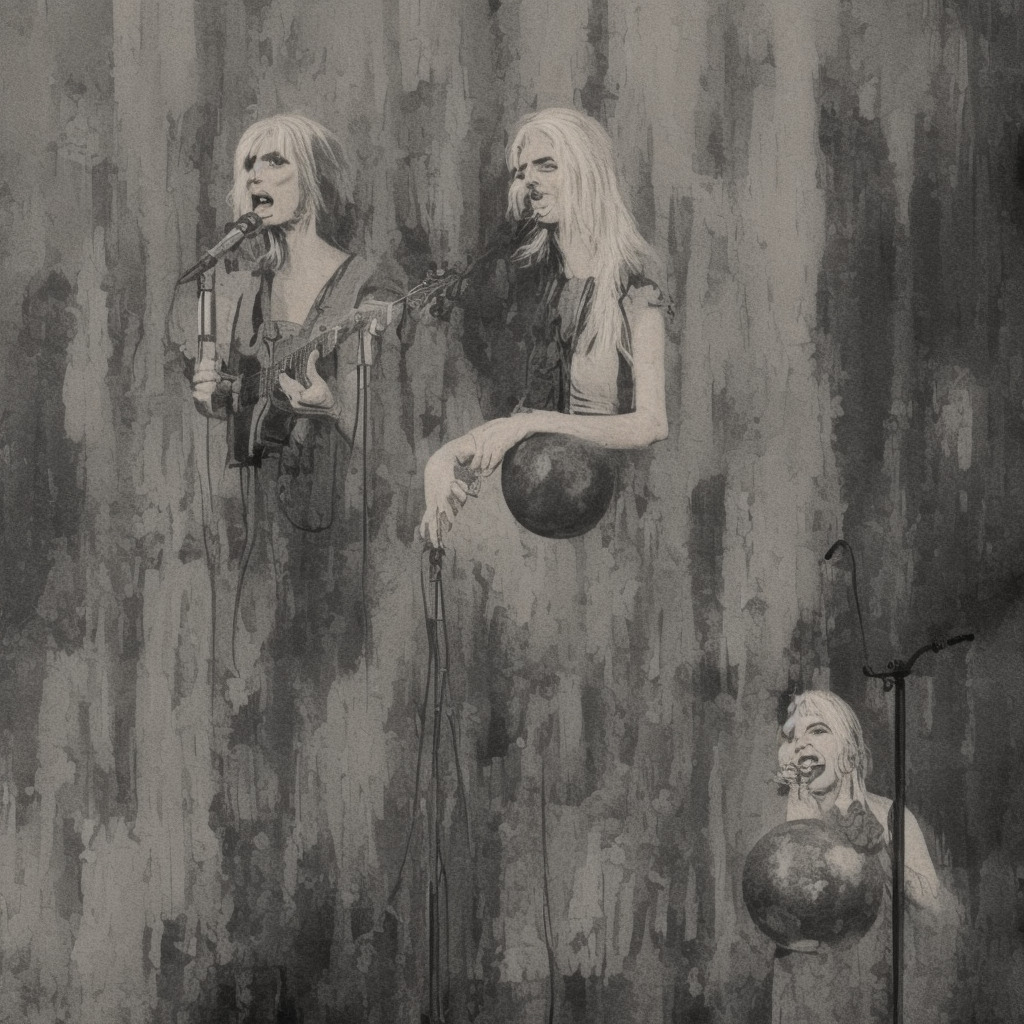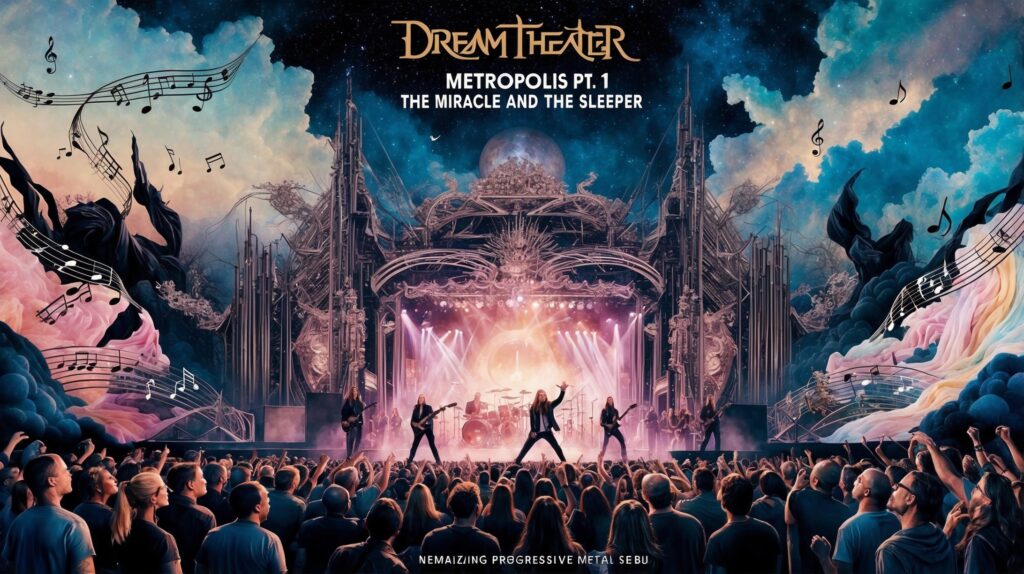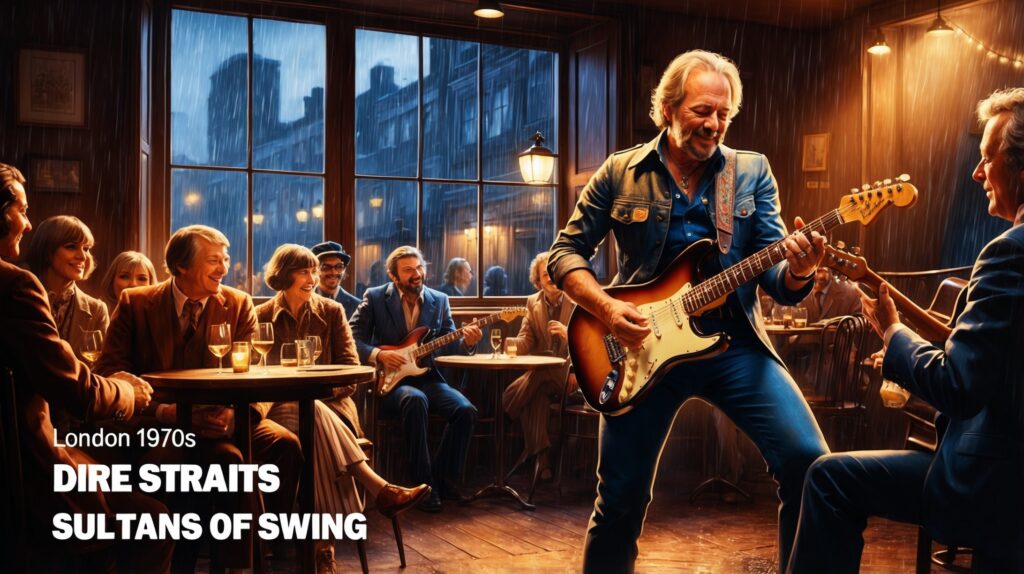? Did you know? “Free” by Ultra Naté was a MAJOR ’97 club hit, encouraging self-love & freedom ?? Dive into its empowering vibes today ?✨ #UltraNate #Free #DanceClassics #FunFactFriday ? Read about it: tinyurl.com/4wav2awf
Ultra Naté: Unleashing the Power of Uninhibited Freedom
Dance music icon Ultra Naté’s enduring anthem “Free” unites generations with its infectious groove and empowering message, proving her lasting impact on the industry.
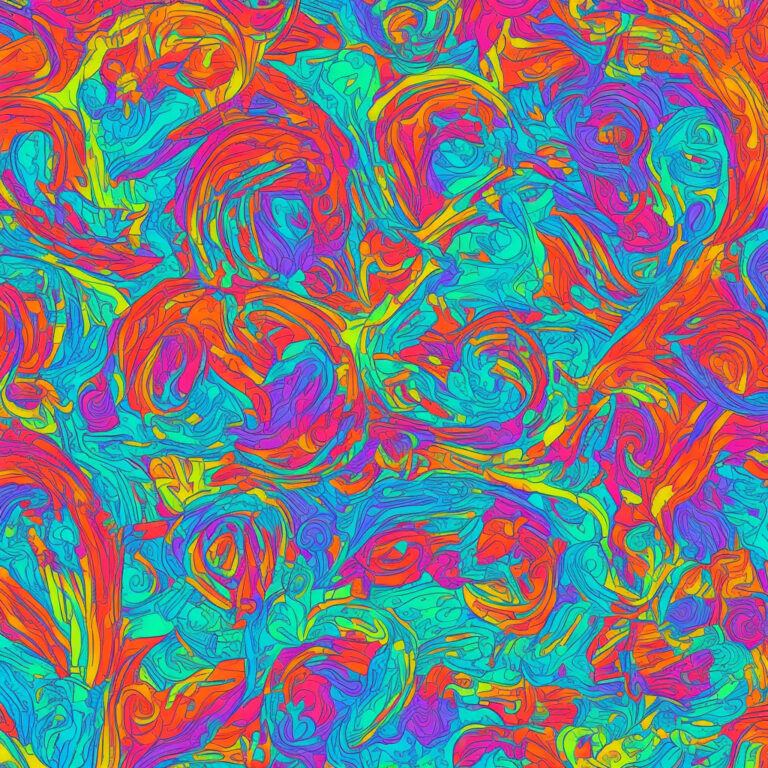
Ultra Naté, a multi-talented singer, songwriter, and DJ, has been a prominent figure in the world of dance music since the early 1990s. With an impressive discography spanning over three decades, her unique blend of house, dance-pop, and R&B styles has garnered both critical acclaim and commercial success. One of her most memorable and impactful tracks, “Free,” continues to resonate with fans and newcomers alike, thanks to its empowering message and infectious groove.
Born and raised in Baltimore, Maryland, Ultra Naté’s musical journey began when she was discovered by the esteemed production duo, the Basement Boys. With their guidance, she released her debut album “Blue Notes in the Basement” in 1991, showcasing her powerful vocals and undeniable stage presence. Over the years, her collaborations with other top-notch producers and artists helped solidify her status as a dance music icon.
“Free,” released in 1997 as part of her third studio album “Situation: Critical,” remains one of Ultra Naté’s most recognizable and beloved hits. The upbeat dance track combines elements of house, disco, and soul, effortlessly bringing people to the dancefloor. More than just a catchy tune, “Free” is celebrated for its inspiring message of self-empowerment, self-expression, and the importance of breaking free from societal norms and expectations. Ultra Naté’s incredible vocal performance on this song perfectly captures the essence of this uplifting anthem.
Although some might argue that Ultra Naté’s impact on the dance music scene has lessened over the years, her enduring presence as a DJ and live performer speaks to her unwavering passion for the art form. Her contributions to the industry have not gone unnoticed; she was named one of Billboard’s “Greatest of All Time Dance Club Artists” in 2016, and her songs continue to be remixed and played by DJs all over the world.
In conclusion, Ultra Naté’s powerful anthem “Free” serves as a testament to her lasting influence on the dance music scene. Her dedication to creating empowering and invigorating music has not only earned her a loyal fan base, but also solidified her place among the greats of the genre. Even after 30 years, Ultra Naté continues to challenge norms and push the boundaries of dance music, inspiring a new generation of artists and fans to fearlessly embrace their own freedom.
Charting the Journey of a Dance Anthem
“Ultra Naté’s ‘Free’ – A 90s dance anthem with unstoppable international appeal and chart-conquering longevity.”
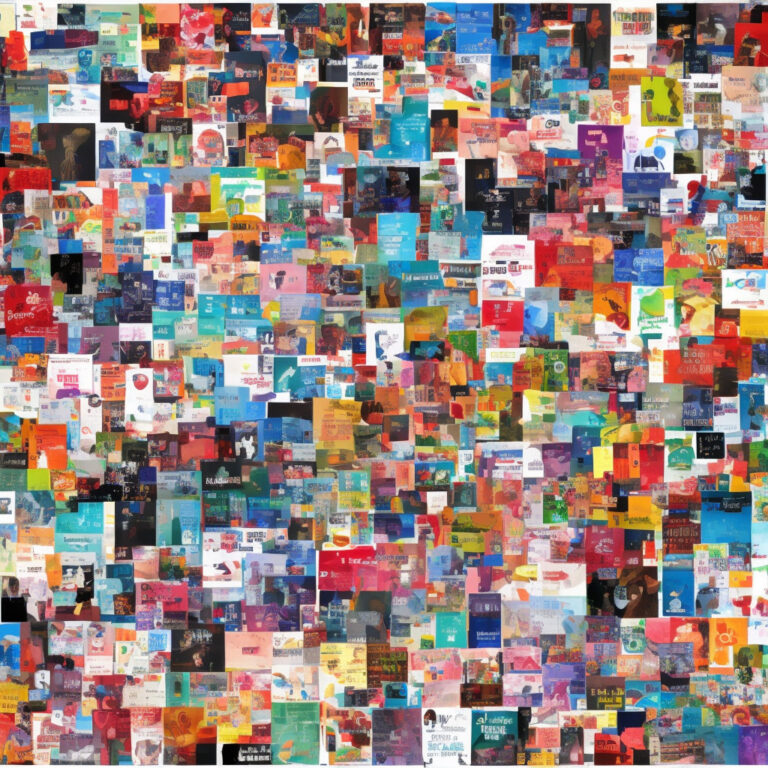
“Free,” released by American singer-songwriter Ultra Naté on March 31, 1997, is a track that has undoubtedly cemented its status as a dance anthem of the late 90s. This song, a blend of uplifting lyrics and infectious beats, quickly gained traction following its release, landing it a spot on music charts across the globe.
Upon its initial release, “Free” made an impressive debut on the UK Singles Chart, entering at #70 on the week of June 8, 1997. It didn’t take long for the track to pick up steam, as it swiftly ascended the chart over the following weeks. By July 6, 1997, “Free” had secured a peak position of #4, making it one of the biggest hits of Ultra Naté’s career.
“Free” didn’t just find success in the UK, though. The song also made an impact on various charts worldwide. In the United States, it reached the summit of Billboard’s Dance Club Songs chart on July 26, 1997, holding the top position for an impressive two weeks. Additionally, the track made its way onto the US Billboard Hot 100, peaking at #75 on September 27, 1997.
Over in Europe, “Free” became a top 20 hit in countries such as Belgium, France, and the Netherlands, further showcasing its international appeal. The catchy dance tune even found its way to the land down under, as it reached #50 on the Australian ARIA Singles Chart in 1997.
One fascinating piece of chart trivia related to “Free” is its impressive longevity. The song managed to stay on the UK Singles Chart for a total of 22 weeks, proving that its memorable chorus and energetic rhythm had remarkable staying power. Furthermore, “Free” earned a Silver certification from the British Phonographic Industry (BPI), indicating sales of over 200,000 units in the UK alone.
In the years since its release, “Free” has continued to be a fixture in dance clubs and playlists, maintaining its enduring appeal as a feel-good anthem that resonates with fans around the world.
Delving into the Soulful Lyrics of ‘Free’
Where did we go wrong?
Where did we lose our faith?
My brother is in need
But can he depend on me?
Do you think if one of you tried
Maybe you could find
A better friend than any other?
If you gave more than you took
Life could be so good
Come on and try, now’s the time
‘Cause you’re free to do what you want to do
You’ve got to live your life, do what you want to do
‘Cause you’re free to do what you want to do
You’ve got to live your life, do what you want to do
Ultra Naté’s 1997 anthem, “Free,” delivers a powerful message about self-empowerment and the importance of living life to the fullest. Not only do the lyrics hold a deep meaning, but they also capture the spirit of the time and the events of the era in which the song was written.
The late 90s were marked by significant social and cultural shifts, including a greater focus on diversity and self-expression. In “Free,” Ultra Naté urges listeners to embrace their individuality and live their lives authentically, regardless of societal expectations or pressures to conform.
This call for freedom and self-discovery resonated during a time when the LGBTQ+ community was gaining visibility and fighting for rights and acceptance. The lyrics “You’re free to do what you want to do / You’ve got to live your life, do what you want to do” can be interpreted as an anthem for those seeking to break free from the constraints of societal norms and forge their own path.
Additionally, the theme of unity and support among peers is prevalent throughout the song, as seen in the lines “My brother is in need / But can he depend on me?” and “If you gave more than you took / Life could be so good.” These sentiments echo the importance of community and solidarity during a time when many marginalized groups were fighting for their rights and taking a stand against injustice.
In summary, Ultra Naté’s “Free” is a timeless anthem that continues to inspire and empower listeners to embrace their uniqueness, live authentically, and support one another in the quest for a more inclusive and accepting society.
A Dive Into the Visual World of “Free”
Dive into the visually stunning and empowering world of Ultra Naté’s “Free,” where artistic direction meets resilience and self-love in a timeless dance anthem.
The music video for “Free” by Ultra Naté, released in 1997, is a treat for both the eyes and ears. This visual representation of the empowering dance anthem was directed by the talented Jean-Baptiste Mondino, a French photographer and music video director known for his work with artists like Madonna, Prince, and Björk.
The production of the video took an artistic approach that perfectly matched the vibe of the song. The video features Ultra Naté, dressed in futuristic outfits, dancing and singing in various urban settings, including an abandoned building and a rooftop with the iconic New York City skyline as the backdrop. The grayscale color palette of the video, along with the use of dramatic lighting and shadows, creates a striking visual effect and highlights the raw energy of the song.
The video also incorporates scenes of diverse individuals, each going through their own struggles, which reflects the uplifting message of the song. The portrayal of these individuals overcoming their challenges is a testament to the power of resilience and self-love, further amplified by Ultra Naté’s powerful vocals.
While the exact budget for the production of the “Free” music video is not publicly available, it is evident that the team behind the video invested significant time and effort into creating a memorable visual experience that would resonate with fans. The success of the video is evident in its lasting influence, topping the US Billboard Dance Club Songs chart and remaining a classic in dance music history.
In addition to the official music video, fans of Ultra Naté and “Free” have created various tributes and covers on YouTube, further solidifying its place in pop culture. Among these, you can find acoustic versions, remixes, and even dance routines inspired by the original video, showcasing the impact and relevance of the song more than two decades since its release.
Overall, the “Free” music video is a testament to the exceptional creative vision of Jean-Baptiste Mondino and the vibrant energy of Ultra Naté, making it an enduring icon in the world of music videos.
The Mastermind Behind “Free” – The Composer Unveiled
Ah, the mastermind behind the infectious tune “Free” by Ultra Naté! That would be none other than the supremely talented duo of Lem Springsteen and John Ciafone, collectively known as Mood II Swing. These two have been a formidable force in the world of house music production since the early 1990s. In addition to “Free,” Mood II Swing has composed and produced numerous notable tracks that have undoubtedly left their mark on the dance music scene. One such track is “Can’t Get Away From You,” a timeless classic that still gets club-goers moving on the dance floor. With their innovative approach to music production and an uncanny ability to create irresistible grooves, Mood II Swing has etched their names in the annals of dance music history.
Awards, Accolades, and Appearances
“Ultra Naté’s ‘Free’ – A timeless dance anthem conquering charts, Grammys, and infiltrating pop culture since ’97.”
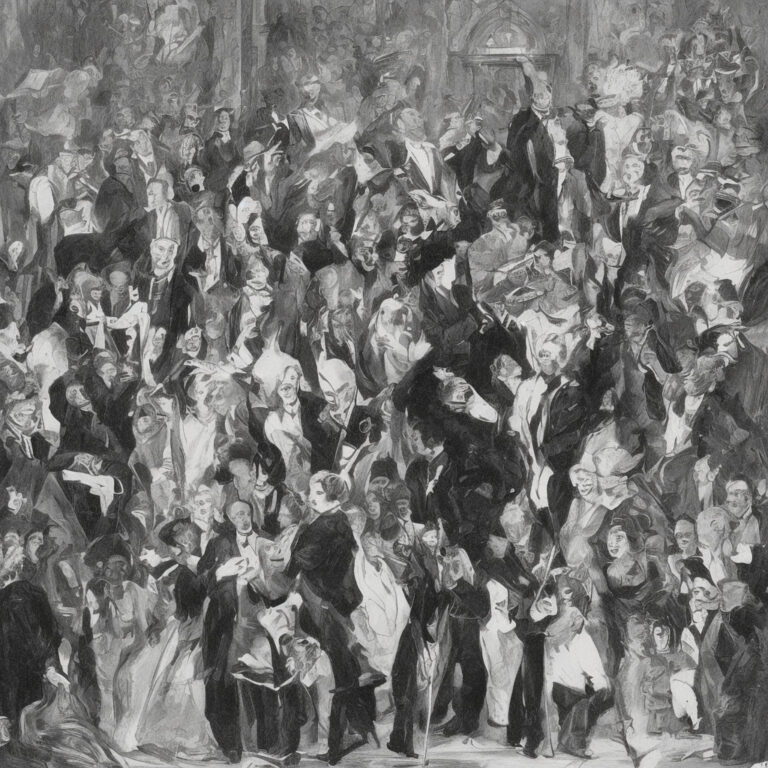
Released in 1997, “Free” by Ultra Naté quickly garnered acclaim and recognition in the music world. The song attained an impressive peak position at number 1 on the US Billboard Dance Club Songs chart, showcasing its impact on the dance music scene. “Free” also broke into the top 10 of the UK Singles Chart, reaching number 4, which further highlights its international success.
One of the most prominent recognitions accorded to “Free” was its nomination in the Best Dance Recording category at the 40th Annual Grammy Awards. Although it did not secure the win, it competed alongside esteemed artists like Daft Punk and Pet Shop Boys, demonstrating its prominence in the world of dance music during that time.
Over the years, “Free” has made a mark in various forms of media. The infectious tune has been featured in multiple television series and movies, such as the popular series “Sex and the City” and the 1998 film “54.” Additionally, the song has made its way into the gaming world, with appearances in video games like “Grand Theft Auto: Liberty City Stories” and “Dance Dance Revolution,” allowing fans to enjoy the track in a fun, interactive setting.
As a testament to the longevity and enduring appeal of “Free,” various artists have produced their own renditions of the hit song. Notable covers include those by Australian singer Deni Hines in 1998, British singer Rozalla in 2002, and Dutch singer Bob Sinclar in 2005. Each version pays homage to the original while adding their own unique twist, proving that “Free” continues to resonate with audiences and inspire fellow musicians to this day.
Diving into the Musical Elements
One of the defining features of “Free” is its musical structure, which sets it apart from other dance tracks released during the late ’90s. The song is written in the key of G minor, a key often associated with feelings of melancholy and introspection, and yet it manages to create an uplifting atmosphere that resonates with listeners.
The chord progression of “Free” follows a simple pattern, with the verses primarily alternating between G minor and C minor chords. This progression creates a sense of tension that is ultimately resolved during the chorus, where the chords shift to Bb major and Eb major. This uplifting resolution in the chorus is a key element contributing to the song’s infectious energy and danceability.
Another notable aspect of the track is its tempo, which sits at a comfortable 126 beats per minute (BPM). This BPM range is quite common in house music and contributes to the song’s ability to keep listeners moving on the dance floor. Additionally, the song’s 4/4 time signature and its strong emphasis on the second and fourth beats of each measure add to the overall groove and danceability.
Ultra Naté’s use of syncopation throughout the track further enhances its rhythmic appeal. The bassline and percussion parts often feature off-beat accents and syncopated rhythms, creating a sense of forward momentum that keeps listeners engaged and eager to move their bodies.
The arrangement and instrumentation of “Free” are also worth noting. The track features a blend of electronic and acoustic elements, with a prominent piano riff that serves as the backbone of the song’s harmony. This piano riff is accompanied by various synth pads and strings, which add depth and texture to the overall sound. Additionally, the track showcases a powerful vocal performance from Ultra Naté, who delivers the song’s empowering message with conviction and emotion.
Overall, “Free” is a masterclass in dance music production, blending elements of house, disco, and soul to create a timeless anthem that continues to inspire listeners and light up dance floors more than two decades after its release. With its carefully crafted musical structure, infectious groove, and unforgettable chorus, “Free” remains an enduring classic that will no doubt continue to captivate audiences for years to come.

